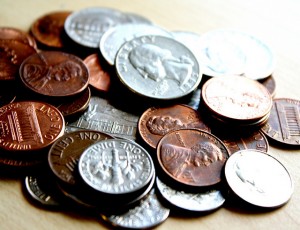From Private Pennies to Public Good

Nicholas Kristof did. In 2007, the New York Times columnist generated buzz when he wrote about his visits to Afghan shop owners whose microloans he helped subsidize through Kiva.org.
A San Francisco-based non-profit, Kiva mediates cash flow between “social lenders” like Kristof and microfinance institutions (MFIs). With a web-based platform, Kiva attracts supporters eager to empower the poor with loans of as little as $25. The funds serve as a welcome cushion for the MFIs, which oversee disbursements to micro-entrepreneurs in developing countries. As of July 2012, Kiva partnerships have resulted in over $300 million in loans to more than 800,000 business owners.
Development experts Raj M. Desai and Homi Kharas suggest that collective giving is innovative because it “reflects the views of multiple small donors rather than a few experts” (Journal of International Law and Politics, 2010). It certainly illustrates the changing landscape of development assistance. According to the Center for Global Prosperity, the amount of aid from U.S. private philanthropic organizations increased steadily from $24.2 billion in 2004 to $37.5 billion in 2009. As federal aid ebbed and flowed during this period, philanthropic contributions surpassed government aid to developing countries.
Some suggest that the success of organizations such as Kiva is proof of the greater effectiveness of private solutions; online solicitation circumvents government bureaucracy and associated transaction costs. Writing in an Australian forum on human-computer interaction (OZCHI) in 2009, Jolynna Sinanan suggests that “renewed interest in social entrepreneurship… reinvents the notion of ‘community.’”
Kiva provides potential lenders access to development projects in the Global South that may previously have been out of reach. Now poised to inject life into ailing businesses closer to home, Kiva has expanded its operations to selected U.S. cities, including New Orleans and Detroit. Underlying this strategic decision is the recognition that glaring economic inequality is not confined to developing countries; it is a global phenomenon, and can be eradicated only through transnational, collaborative efforts.
Thanks to organizations such as Kiva, help for struggling business owners may only be a few keystrokes away.
